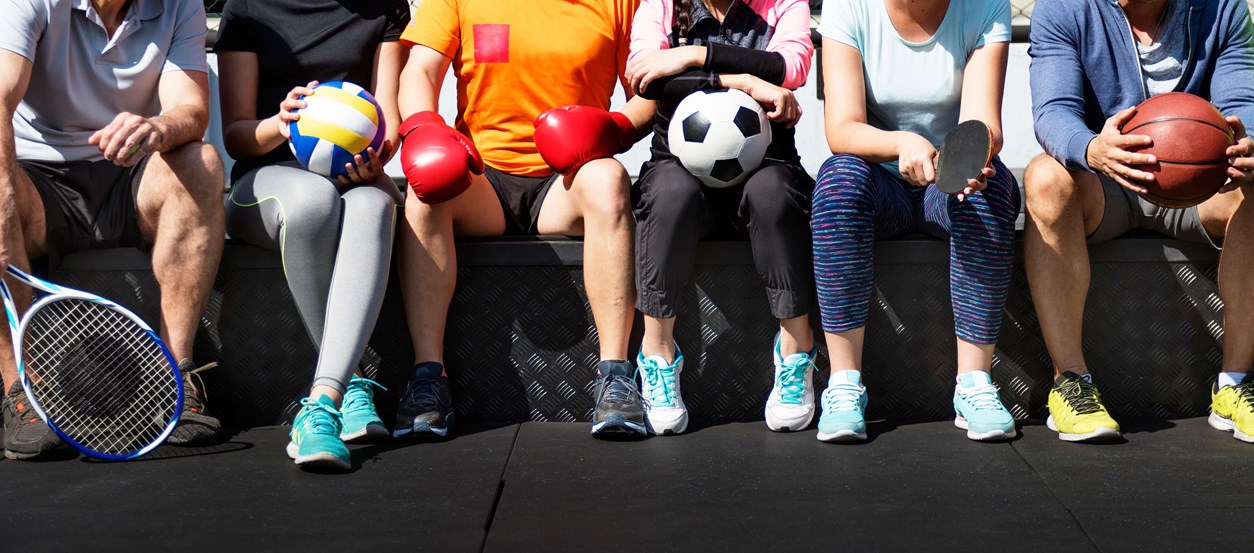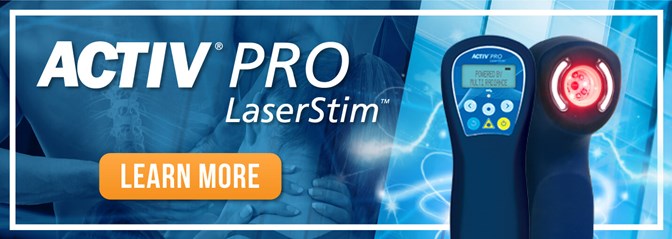3 Ways to Minimize and Prevent Athletic Injuries in the On and Off Season
Tuesday July 10, 2018

The Centers for Disease Control and Prevention (CDC) reports1 that 8.6 million sports- or recreation-related injuries occur each year. Men and persons aged 5 to 24 years accounted for more than 50% of injury episodes. Of all the injuries reported, about half resulted in treatment at a physician’s office or other non-emergency health clinic. Broken down by body region, lower extremities accounted for 42% of all injuries, while upper extremities and head and neck accounted for 30.3% and 16.4%, respectively.
Common sports injuries include:
- Sprained ankle
- Pulled groin muscle
- Strained hamstring
- Shin splints
- ACL tear
- Patellofemoral syndrome - a knee injury caused by repetitive movement of the kneecap against the thigh bone
- Epicondylitis (tennis elbow)
No matter what sports or activities your athletes are involved with at any given point in the year, injury prevention should always be a top-of-mind concern. The effect of sports injuries goes beyond just missing a game or a season – they can have long term repercussions on an athlete's ability to stay active and healthy. Here are some tips for injury minimization and prevention.
1. Incorporate rest days into athletes' routines, and don’t play sports while injured
Most athletes are aware that sufficient rest is a key ingredient for high-level athletic performance, but it’s easy to fall into a pattern of overtraining. Sometimes athletes may feel guilty for taking time off, but continuous training can actually weaken even the best athletes.
Similarly, it can be tempting to get right back in the game as soon as athletes start feeling better after an injury, but not allowing an injury to fully heal before resuming the normal level of activity can exacerbate athletic injuries and, in some cases, keep players out of the game for longer.
2. Make sure to warm up and cool down properly
Warming up before and cooling down after your athletic activity of choice can help prepare the body and recover. Warm-ups gradually increase blood flow and body temperature to prime muscles for activity, while cooling down helps to restore pre-exercise heart rate and blood pressure to regulate blood flow. Marathoners and other competitive endurance athletes should ensure cooling down is part of their running injury prevention regimen.
There’s a growing body of evidence to support the use of low-level laser therapy (LLLT) for cooling down. The findings of one study2, published in the journal Lasers in Medical Science, found that LLLT irradiation prior to vigorous physical exercise inhibited normal post-exercise increase in creatine kinase and accelerated post-exercise lactate removal without affecting performance, suggesting LLLT can benefit recovery after exercise.
3. Try LLLT for sports injuries and conditioning
LLLT has been used to treat common sports injuries for many years due to its effectiveness in recovery. One study3, published in the Journal for Laser Surgery, Phototherapy and Photobioactivation, determined that the rate of effectiveness for LLLT was 65.9% among the 41 study participants. LLLT proved to be particularly effective for jumper’s knee, tennis elbow, and Achilles tendinitis.
During LLLT, photons from the laser affect the tissue at the cellular level. The laser enters the tissue, adjusts cell membrane permeability, and is ultimately absorbed by the mitochondria. The physiological changes and benefits of LLLT as they relate to sports injuries and injury prevention can include:
- Rapid cell growth. The laser speeds up cellular reproduction and growth.
- Quicker recovery by simulating the development of fibroblast in damaged tissue.
- Higher metabolic activity. LLLT supports increased output of specific enzymes in the body, greater oxygen to blood cells and a stronger immune response.
- Lower fibrous tissue formation. The laser can lower the amount of scar tissue that forms following abrasions, cuts, or surgical incisions.
- Anti-inflammatory response. LLLT can lower the swelling caused by bruising or inflammation in the joints. This helps improve mobility.
- Increased vascular activity. LLLT stimulates lymph and blood circulation, which helps support circulation in affected tissue.
- Stimulated nerve function. LLLT can speed up the process of nerve cell reconnection, which helps to stimulate numb areas around injuries back to life.
Providing powerful, pain-relieving laser therapy on-the-go just got easier with the new MR5 ACTIV PRO series, featuring 50W of peak power in a cordless, portable model, with optional LaserStim technology that automatically finds and treats pain points for you.
Learn more about how the MR5 ACTIV PRO was validated and optimized through research when you download the white paper.
Sources
- Centers for Disease Control and Prevention. “Sports- and Recreation-Related Injury Episodes in the United States, 2011–2014.” 18 Nov. 2016.
- “Effect of 830 nm low-level laser therapy applied before high-intensity exercises on skeletal muscle recovery in athletes.” Lasers in Medical Science. 2009 Nov;24(6):857-63. doi: 10.1007/s10103-008-0633-4. Epub 2008 Dec 5.
- Morimoto, Yusuke, Akiyoshi Saito, and Yasuaki Tokuhashi. “Low Level Laser Therapy for Sports Injuries.” Laser Therapy 22.1 (2013): 17–20. PMC. Web. 13 Mar. 2018.


